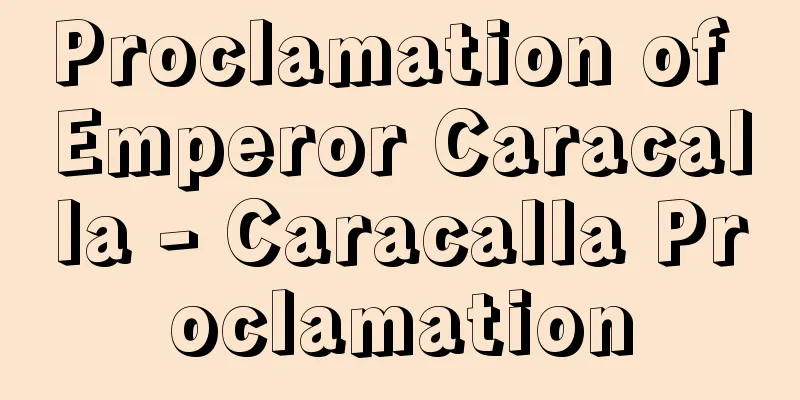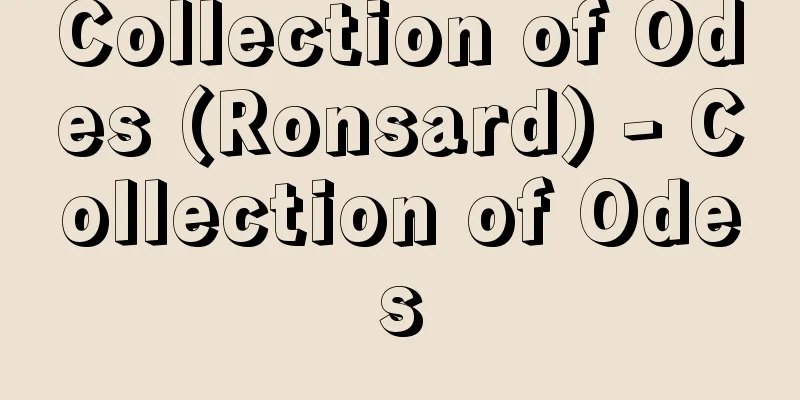Abe Suehisa

|
Year of death: 21 December 1709 (31 January 1709) Year of birth: 15 July 1622 (Genna 8 June 7) He was a gagaku musician in the early Edo period and the author of "Rakukaroku." He was the 17th generation of the Abe family, which was one of the underground musicians serving the Imperial Court, starting with Suemasa (1099-1164). The family trade was hichiriki, and he also learned biwa from Saionji Sanemitsu. His father, Suetari, was also skilled in the flute and sho, his mother played the koto, and his sister played the biwa, so his family was musical. In 1690, he completed 50 volumes of "Rakukaroku." This is a comprehensive music book covering a wide range of gagaku, including the procedures for kagura and shrine and temple ceremonies, bugaku etiquette, performance records, instrument playing techniques, musical theory, masks and costumes, and musicians' lineages, and gives an overview of the gagaku world in the early Edo period. For example, the descriptions of tuning and playing techniques of the gakuto, which was not the domain of the jikata musicians, are indispensable for comparative studies with the gakuto of the Insei period and with the popular koto that emerged at the time. This was a major work that could only have been written given the family and social environment that Kisho was surrounded by. It is odd that the citations do not include the famous Kamakura period music book Kyokunsho (1233). In 1648 (Shoho 5), he was promoted to Junior Sixth Rank, Upper Grade, and in 1699 (Genroku 12), he was appointed as the governor of Ise the following year. <References> "Jika Kaden - Gakuto Den" edited and revised by Masamune Atsuo (Mitsuko Gamou) Source: Asahi Japanese Historical Biography: Asahi Shimbun Publications Inc. About Asahi Japanese Historical Biography |
|
没年:宝永5.12.21(1709.1.31) 生年:元和8.6.7(1622.7.15) 江戸時代前期の雅楽奏者で,『楽家録』の著者。宮廷勤仕の地下楽家のひとつである安倍家の祖,季政(1099~1164)より数えて17代目に当たる。家業は篳篥。ほかに琵琶を西園寺実満より習う。父の季為は,横笛,笙もたしなみ,母は箏,妹は琵琶という音楽一家であった。元禄3(1690)年に『楽家録』50巻を完成。これは御神楽や社寺の儀式の次第,舞楽作法,演奏記録,楽器奏法,楽理,面装束,楽人の系譜など雅楽の広範におよぶ総合的楽書で,江戸前期の雅楽界の大要を把握することができる。たとえば地下楽人担当外の楽箏の調弦や奏法の記述は,院政期の楽箏との比較研究や,当時勃興した俗箏との対照研究には欠かせない。季尚をとりまく家族環境や社会環境あって成立可能な大著であった。なお引用書に,鎌倉時代の著名な楽書『教訓抄』(1233)を挙げていないのは不思議である。正保5(1648)年正六位下に,長じて元禄12(1699)年正四位上に叙され,翌年伊勢守に任ぜられた。<参考文献>正宗敦夫編・校訂『地下家伝―楽人伝―』 (蒲生美津子) 出典 朝日日本歴史人物事典:(株)朝日新聞出版朝日日本歴史人物事典について 情報 |
Recommend
Definition [Hot Spring] - Jyouge
A hot spring in Sendai City (formerly Miyagi Town,...
Edmondo De Amicis
1846‐1908 Italian author. He joined the military a...
Ion pump
…The concentration gradient of these two ions is ...
Anne (English spelling)
Born: 6 February 1665, London [Died] August 12, 17...
local guide
...The Japan Association of Tourist Interpreters,...
Mon language - Mongo (English spelling)
Also called Thalaing. A language found in the east...
Poputchiki
...A term used in Soviet literature of the 1920s,...
Filibe
...After the invasion and destruction of the east...
Heian-kyo
It was an ancient Japanese imperial capital datin...
Agreement parties -
In other words, a labor agreement is concluded be...
First National City Corp. (English)
…Headquarters: New York. Founded in 1967 as a hol...
Corporate finance - Kigyozaimu (English spelling)
The balancing of capital demand and procurement, a...
Supriopimpinella nikoensis (English spelling)
…[Murata Gen]. … *Some of the terminology that me...
Kamomebo - Kamomebo
...The Karawamage and Tatehiyogo styles of the ea...
Waray-waray (English spelling)
The Ilonggo (also called Hiligaynon; 4.2 million)...









